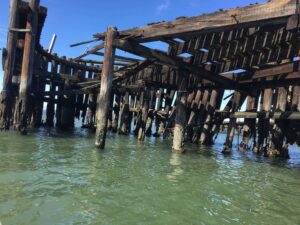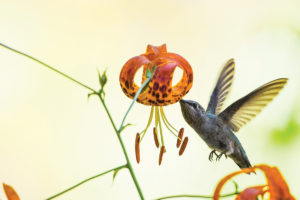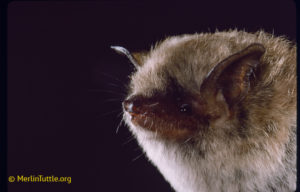At Hayward Regional Shoreline, East Bay Regional Park District staff and volunteers have created new nesting habitat for the endangered California least tern. The recipe: 165 tons of coarse-grained sand, rock salt, and oyster shells. “People had to move this stuff by hand onto the island,” says Park District Resource Analyst Dave Riensche, perhaps better known as “Doc Quack.” Beginning in 2001, 2,600 students, Scouts, service club members, and corporate employees have pitched in to build the nesting island.
Next came the advertising campaign. A Vermont company provided least tern decoys. “We play tern love songs on a solar-recharging sound system,” Riensche explains. Since terns prefer to nest on bare substrate, weeds were strictly controlled.
The robin-size seabirds responded. Unfortunately, their nesting attempts in 2005 and 2006 were decimated by California gull predation. The district fought back with hazing tactics, aversive decoys (ersatz dead gulls), and, as a last resort, lethal control: “We take out the offenders and everyone gets the message.”
That assistance was all the terns needed. The Hayward site is now among the top producers of least tern fledglings in California. The colony grew from 35 nests in 2007 to 65 last year. The class of 2008 fledged 1.18 chicks per nest, well above the state average of 0.35. The terns arrive from their Argentine winter quarters in April, and nesting season runs through August.
Riensche says a good local food base, largely topsmelt, explains the Hayward colony’s productivity. In the long run, helping the endangered tern keep its foothold in San Francisco Bay will require effective predator management. The Hayward terns are safe from land-based marauders like raccoons and rats, but the gulls, whose population in the Bay has increased 33-fold since they began nesting here in 1980, will require active intervention.




